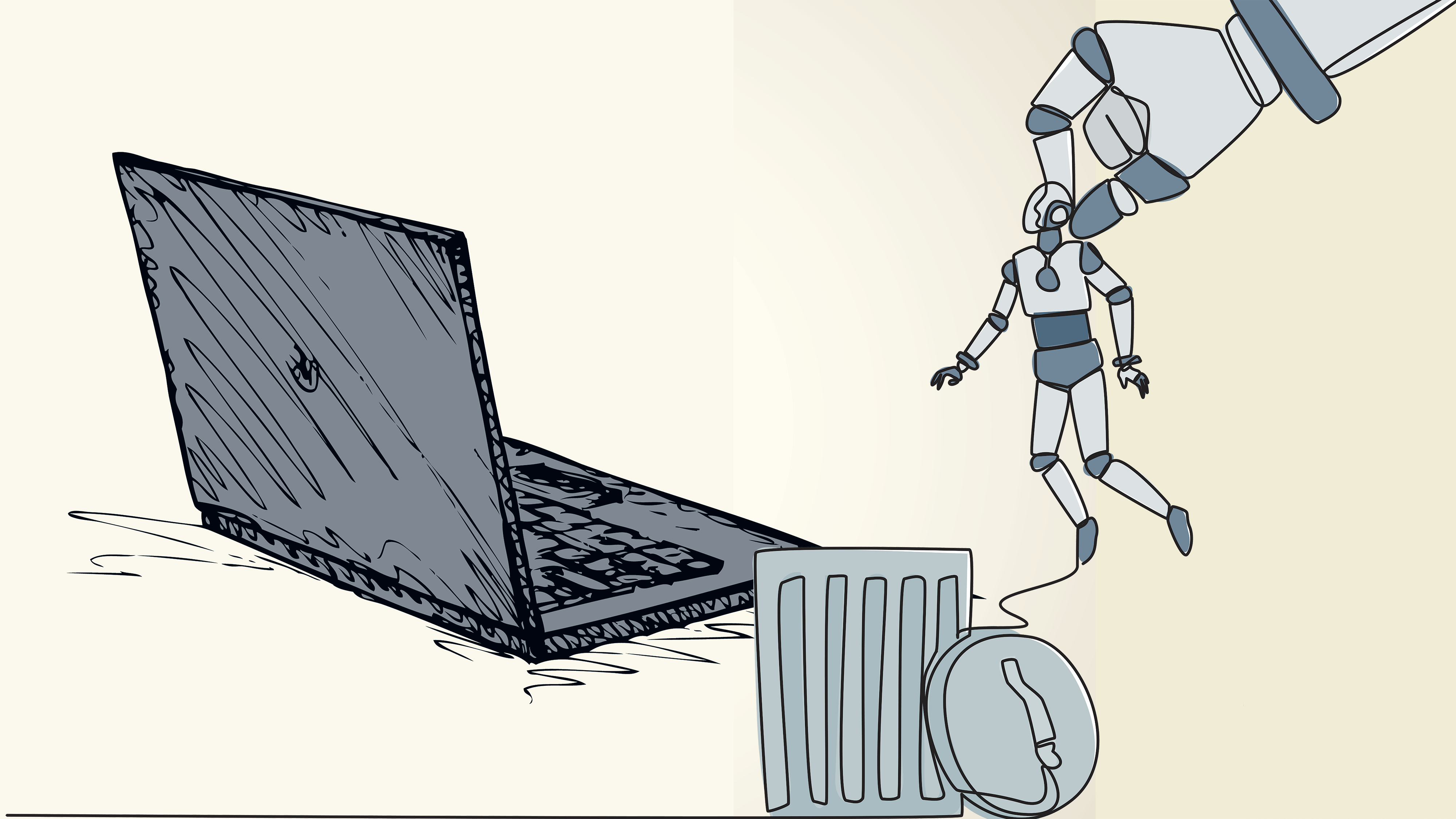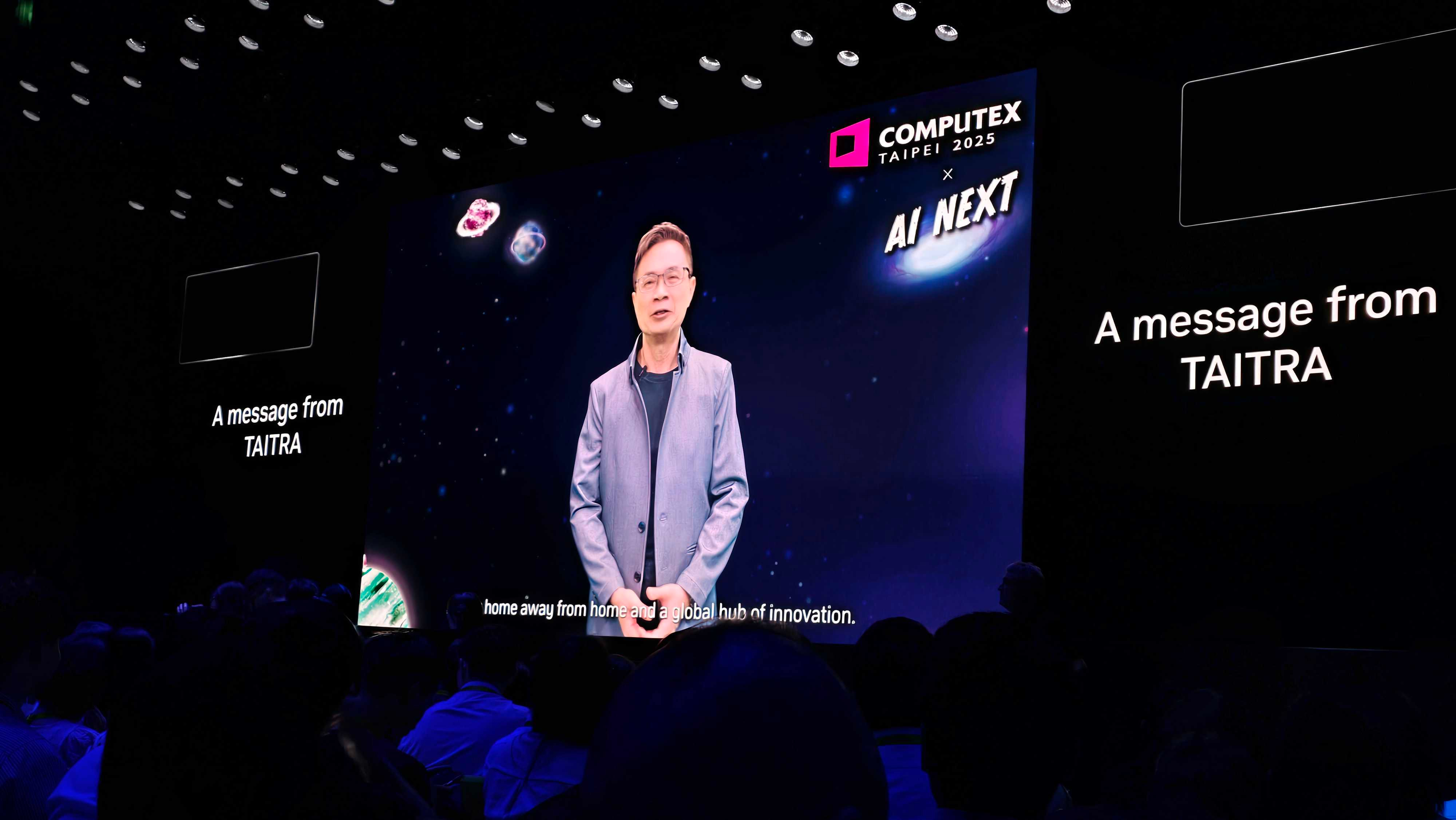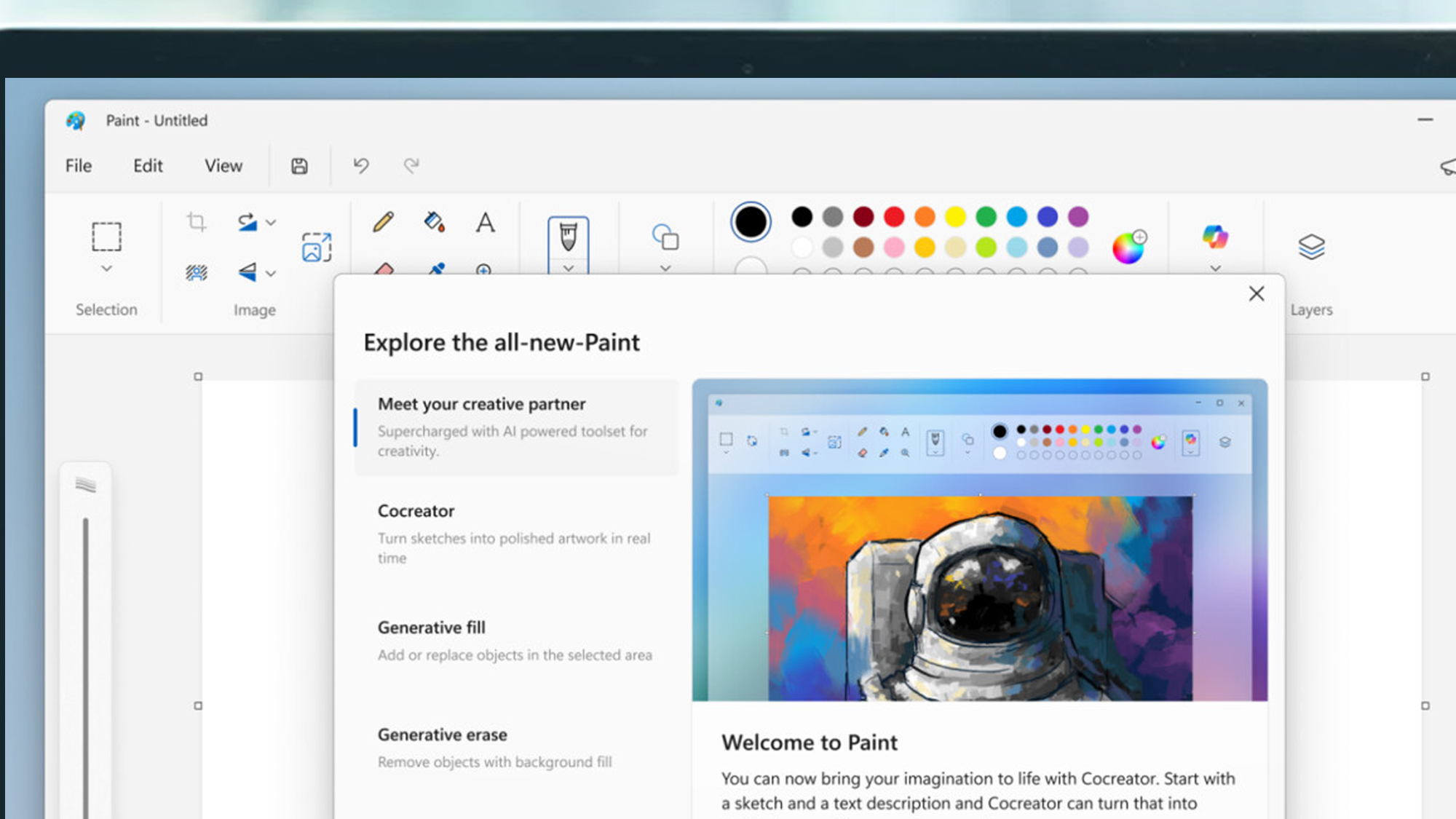After weeks of trying to see the point of AI with the Microsoft Surface Pro 12, if Apple Intelligence is barely mentioned at WWDC 2025 I’ll be overjoyed

Apple’s yearly developer conference, WWDC 2025, is mere hours away from kicking off with a keynote presentation featuring CEO Tim Cook – and of all the rumors I’ve heard so far, the one I really hope ends up being true is a minor Apple Intelligence appearance.
This year’s WWDC sees Apple in a rather odd spot, with the company largely being seen as behind some of its key competitors, especially Microsoft and Google, when it comes to artificial intelligence, and many commentators will no doubt crow about this loudly if WWDC 2025 goes by without much mention (if any) of Apple Intelligence, Apple’s AI tool that was announced at last year’s WWDC.
However, after more than a year of companies trying (and failing) to convince me that AI is the next big thing for laptops, I’d actually love it if Apple Intelligence is barely a footnote at WWDC 2025.
I feel like I’m being gaslighted

Now, let me first say that I am not completely against AI, or at least the modern tech that a lot of companies are calling AI. The actual technology behind it is incredibly impressive, and for some industries, such as scientific research and healthcare, the transformative potential is genuinely exciting.
The problem I have is that a lot of companies are pushing AI into products where the user benefit is less clear. Earlier this year I attended the huge computing show Computex 2025 in Taiwan, and whilst looking out for potential candidates for best laptops of the next 12 months, pretty much every laptop maker was eager to tell me how great the AI features of its laptops, while seeming to ignore all the cool technical advancements I was actually interested in, such as slimline designs, powerful performance and long battery lives.
These are the things that will make big differences to how we use our laptops, but instead I was told how great it would be to use Copilot (the AI tool Microsoft has stuffed into Windows 11) to generate images in Paint, write up my work in Word or summarize emails that until now I never realized that I had trouble reading.
While the companies excitedly listed off all these AI features, I was left wondering what all the fuss is about. I tried generating images in Paint a while back, and while it was mildly diverting for a few moments, it’s something I’d never do again. Meanwhile, reading and writing emails, something I was repeatedly told was a time-consuming, difficult, and boring task, has actually never been an issue.
Sign up for breaking news, reviews, opinion, top tech deals, and more.

It felt like I was being gaslighted, to be honest. When a spokesperson for a company that is heavily pushing AI said that they now never write emails themselves, they get AI to do it, rather than being excited and inspired, I just felt a bit depressed. It never takes me that long to write an email, and the idea that someone I’m talking to doesn’t take that same time, but just generates a response, didn’t feel great. It certainly meant that if I ever got an email from that person, I’d be less inclined to spend time engaging with the email.
These kinds of disconnects between what the laptop makers were telling me to be excited about and what I was actually interested in are becoming ever more common, I feel.
I felt it again during my recent Surface Pro 12 review. This is the latest tablet from Microsoft, and as a high-profile ‘Copilot+ PC’, which is the company’s name for Windows 11 devices that feature an NPU (Neural Processing Unit) capable of on-device AI tasks, Microsoft is using it to showcase its vision of AI in Windows.
Now, to be fair to Microsoft (maybe something you’d never expect me to write), the company’s AI integration is a lot more ambitious than many of its competitors, going beyond the usual image generation/asking questions/writing and rewriting text. Unfortunately, while these tools are trying something different, they remain the least interesting aspect of the Surface Pro 12, with tools like Recall still feeling a little creepy and intrusive, while Click to Do just feels pointless at the moment.
So, if the rumors are true and Apple won’t be talking about AI that much, it would actually make me very happy.
Apple’s AI woes

There have been quite a few reports that allege that Apple is struggling to keep up with the AI competition. We’ve not seen much of what Apple Intelligence can do outside of image and text generation, which are as uninspiring to me as similar tools from Microsoft, Google, and the like.
Apple’s overhauled virtual assistant, Siri, which is supposed to feature AI, has also been missing in action since it was first announced. This has led to a general feeling that Apple might not know what to do with AI – and that’s the most relatable I’ve ever found this trillion-dollar company.
Weirdly, Apple was ahead of the game in many respects – the M1 chip that launched in 2020 and ushered in a new age of the best MacBooks and Macs was based on Arm architecture (like many flagship Copilot+ PCs are), and came with an NPU (named the Neural Engine) many years before Microsoft and the like got all hot and bothered about it.
But if Apple is struggling to find a way to integrate AI into its products, maybe that’s a sign that, at the moment, there’s no real benefit to including it in many consumer devices, especially laptops. One suggestion about why Apple might be wary of showing or talking about AI is that the tech is still not ready, and the company has already been burned by announcing the all-new Siri and then failing to release it.
However, I’d much rather Apple held off any AI announcements until it has a clear vision on how these tools can improve their products (and our lives), and offer tools that work well and showcase the full potential of AI.
The alternative is to do what Microsoft did, which was to initially delay tools such as Recall, then roll out both Recall and Click To Do as early ‘preview’ releases in a bid to assure people they are still being worked on. The problem is, during my time with the Surface Pro 12, neither Recall nor Click To Do felt remotely finished (both lacked features and even crashed the system). Rather than a tantalizing taste of an AI-powered future, it put me off the features altogether.
Not talking about AI would be the brave thing to do at WWDC, as it would inevitably lead to commentators declaring it proof that Apple is behind the curve when it comes to artificial intelligence, but it would be the right thing to do – it would give the company space to talk about its current technology and the exciting, actually useful, features coming to iOS and macOS. It could even change the narrative – rather than Apple trying to keep up with competitors, it’s instead choosing not to chase a bandwagon and do its own thing instead.
The problem is, deep down, I think what will really happen is that we’ll get a few half-baked AI tools and some nonsense platitudes about how AI will change our lives, then some deja vu-triggering examples of someone using AI to generate an ugly looking image and summarize an email that should take five seconds to read. Please prove me wrong, Apple.
You may also like

Matt is TechRadar's Managing Editor for Core Tech, looking after computing and mobile technology. Having written for a number of publications such as PC Plus, PC Format, T3 and Linux Format, there's no aspect of technology that Matt isn't passionate about, especially computing and PC gaming. He’s personally reviewed and used most of the laptops in our best laptops guide - and since joining TechRadar in 2014, he's reviewed over 250 laptops and computing accessories personally.
You must confirm your public display name before commenting
Please logout and then login again, you will then be prompted to enter your display name.